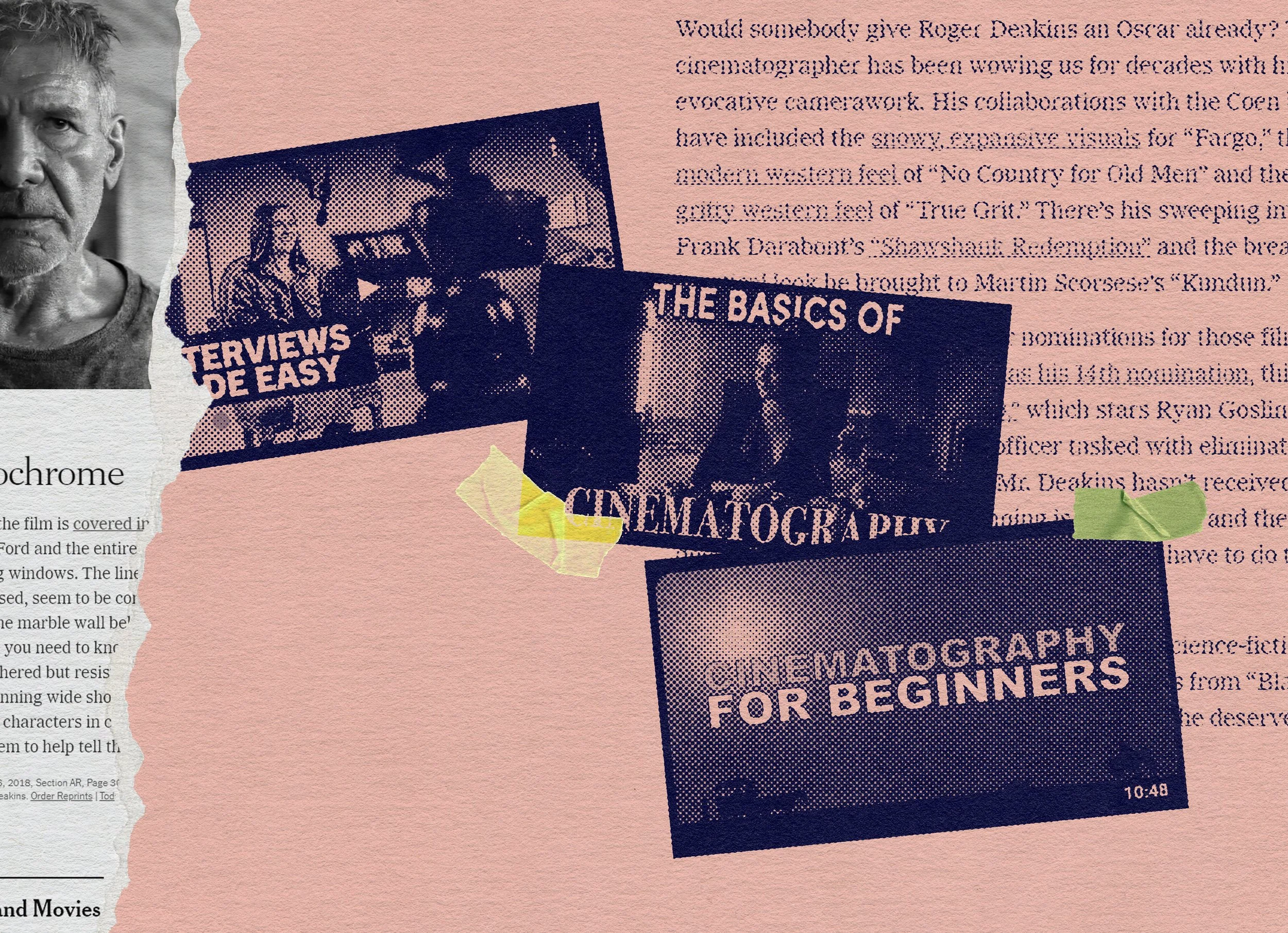How COVID Changed Video Production Forever
Video’s Worst Kept Secret
Here’s an industry secret that most video producers don’t really want to say out loud—especially on their first blog post after just over six years of business—but the truth is that it’s not so hard nowadays to find someone that can help make a beautiful video for your brand for a low cost.
Video production and content production has become incredibly democratised, and even the smallest, most affordable crews in Hong Kong have the ability to make some nice work for your brand. Want three 16x9 videos, six 9x16 videos, and even a bunch of high resolution stills? Someone can and will do that for you, and better yet, they might even be able to deliver in a few days after shooting.
How did everyone get so good? And if a single freelancer can provide so much value for your business, why hire a larger crew?
Let’s dive into the upheaval occurring in the industry, and how this affects clients and production houses.
A YouTube Education
Just 10 years ago, the barrier to entry for filmmaking was extremely high, and the gap between entry-level and professional gear was immense. A television commercial could rightfully only be filmed for a million or more Hong Kong dollars, and the film crews required to operate these sets were massive and costly.
Every aspect of production from cameras to lenses to media (high-end digital cinema cameras were far more expensive, and productions likely would have used film instead - which is costly), was complicated and required a lot of expertise. VFX, SFX, and animation would have required full teams to do what nowadays can be accomplished with just a click of a few buttons and the help of AI tools.
Over the last 5 years in particular, cameras got smaller and better. Lights became cheaper and more powerful. Software has become incrementally more adept, and overall it doesn’t take a huge suspension of belief to understand that improved technology has really opened the doors to younger, hungrier creatives that are no longer locked out of the industry by more established gatekeepers.
Every filmmaker knows that better equipment alone doesn’t make a better film. Someone can own all the cameras and lights in the world, and still make a terrible looking commercial.
What has been responsible for a real sea change in the content creation landscape around the world has conversely been…YouTube.
During COVID-19, film professionals from around the world, perhaps previously too busy to share their knowledge, were suddenly bored after months of sitting at home during the pandemic. From a Hollywood perspective, one example is an ongoing podcast by Roger Deakins (a two-time Academy Award-winning cinematographer) that started on Apr 25, 2020 and has been immensely popular with filmmakers around the world. His interviews with actors, directors, photographers, and other cinematographers have been an incredible source of knowledge for professionals and amateurs alike. On a more commercial level, so many working professionals created channels on YouTube sharing their tips and tricks accumulated over years of working. This sudden influx of knowledge has had an incredible effect on the quality of imagery produced worldwide.
When coupled with the fact that their knowledge can now be tested in real life by amateurs who are able to access affordable cinema cameras and affordable professional lighting, the last few years have truly seen an exponential improvement in videos and stills across branded, web, and social content.
So what now? At the end of all this, where do clients and agencies end up? Do you even need to hire a production house when a freelancer can get most of what you want accomplished?
The playing field is now almost level in terms of technology. Increasingly what separates production houses is simply the human element: creativity, customer service, and tenacity.
More can be done with less, but at the end of the day people and their experience and creativity—not their equipment—make the difference.


